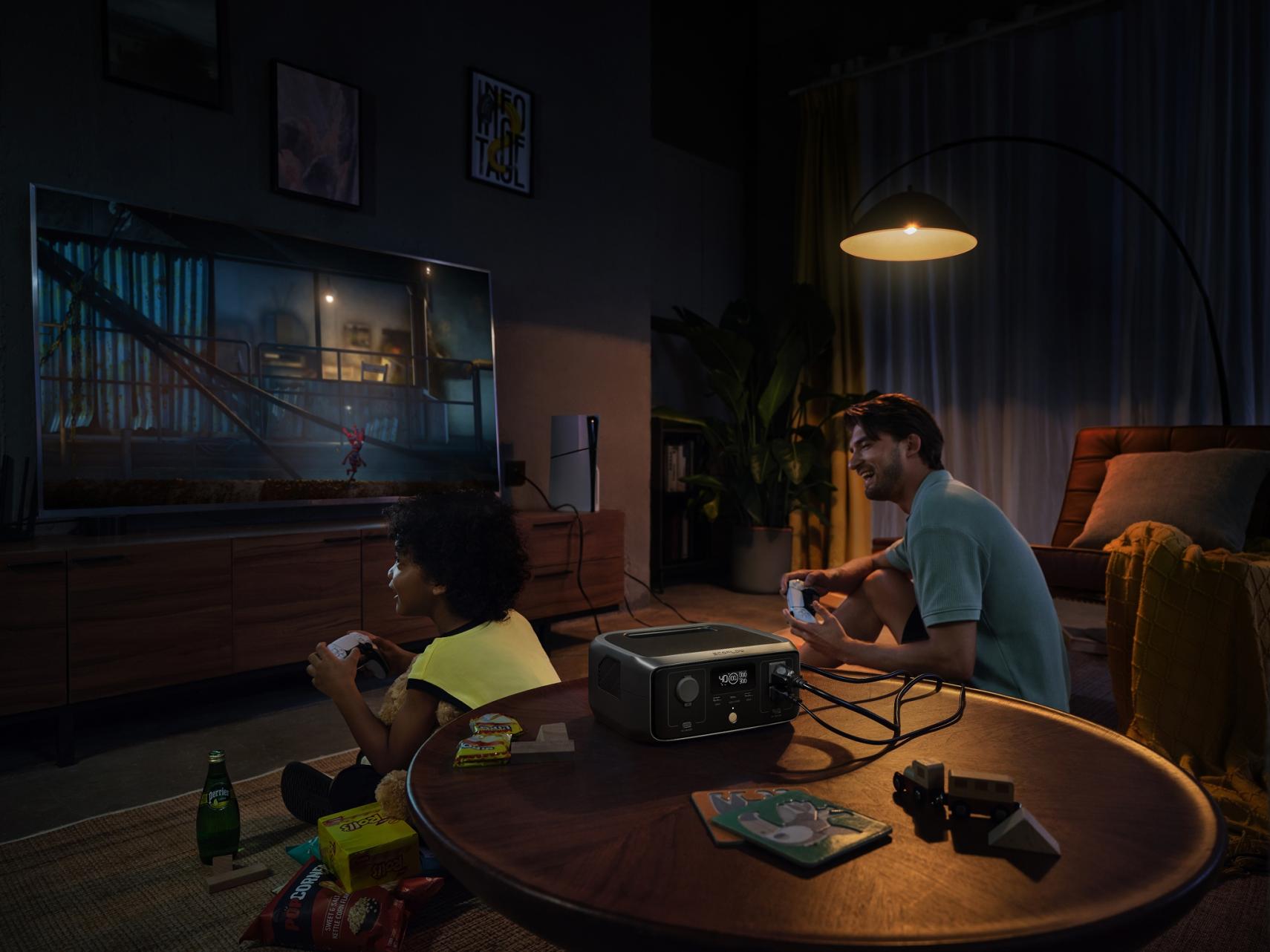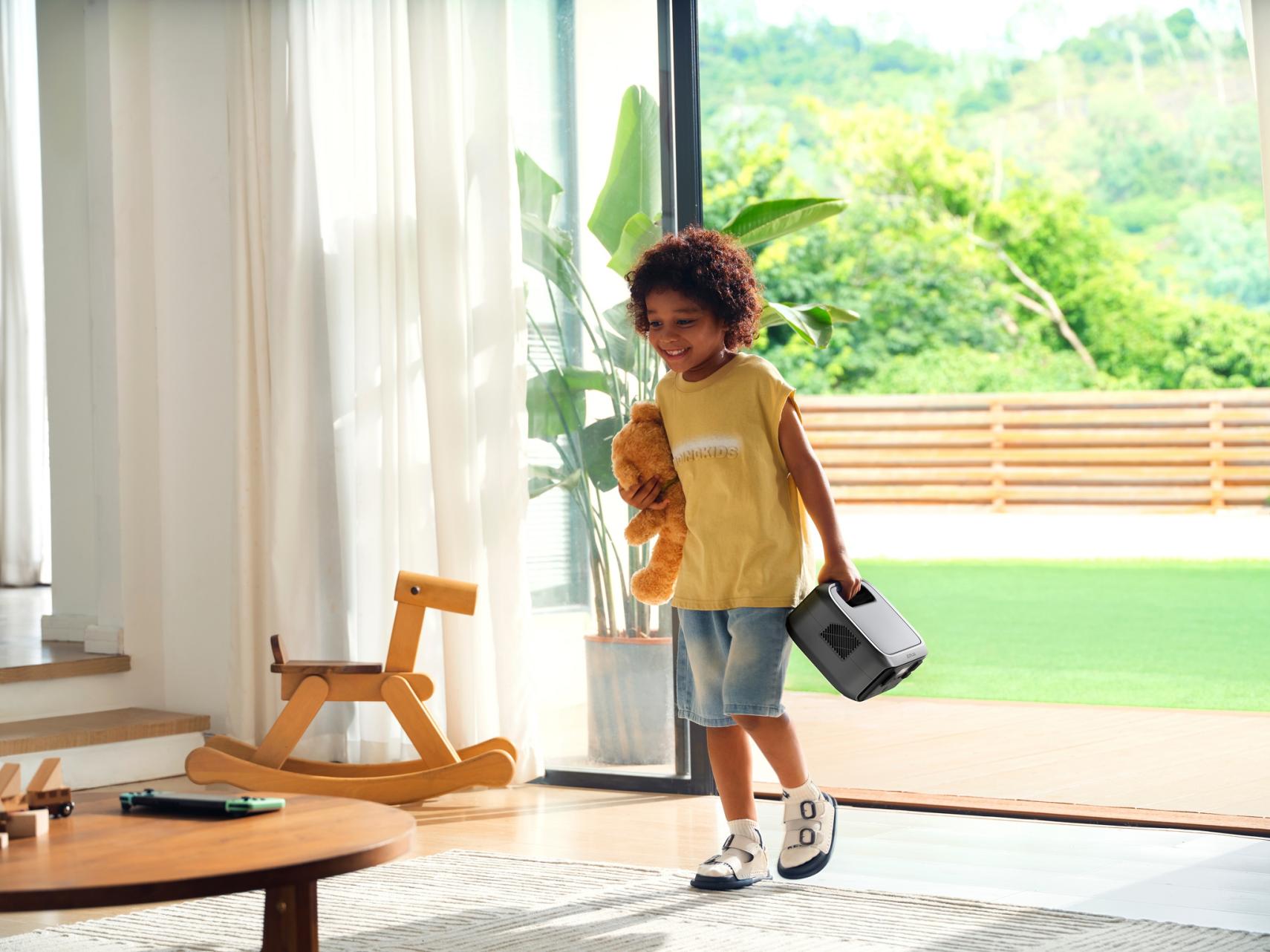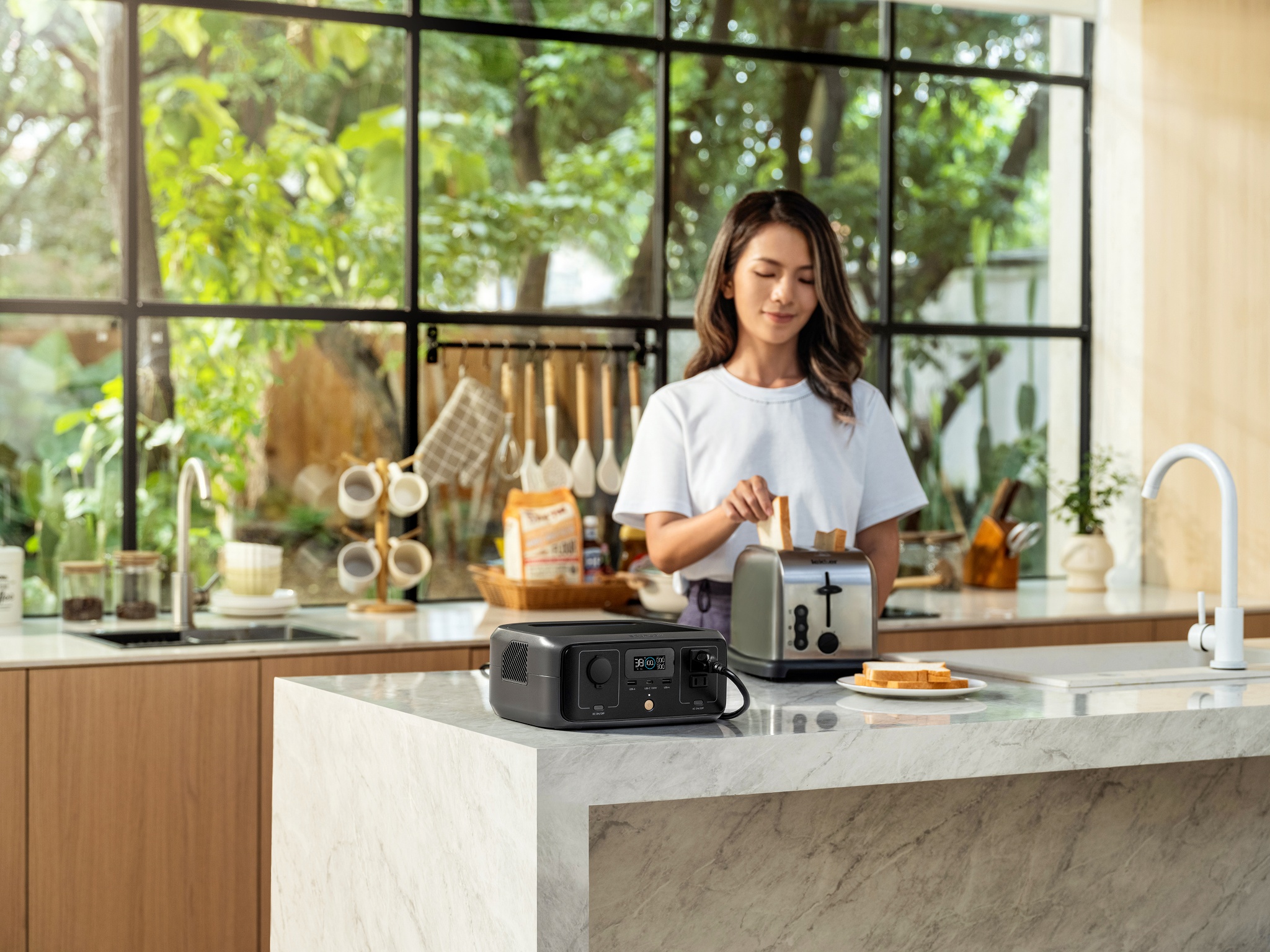- The Serious Risks of a Winter Power Failure
- Assembling Your Primary Power Outage Emergency Kit
- How to Plan Your Emergency Food and Water Supply
- Preparing Your Essential Medical Supplies
- Solutions for an Emergency Power Supply
- Creating Your Personal Safety and Support Plan
- Your Preparation Is Your Best Protection
Power Outage Emergency Kit for Seniors Living Alone in Cold Climates
- The Serious Risks of a Winter Power Failure
- Assembling Your Primary Power Outage Emergency Kit
- How to Plan Your Emergency Food and Water Supply
- Preparing Your Essential Medical Supplies
- Solutions for an Emergency Power Supply
- Creating Your Personal Safety and Support Plan
- Your Preparation Is Your Best Protection
Power grids can fail during winter. This creates a dangerous situation. Seniors living alone are especially vulnerable in cold climates. A power outage can be life-threatening. Preparing a power outage emergency kit is a vital step. This kit ensures you stay safe, warm, and secure.
The Serious Risks of a Winter Power Failure
During a winter blackout, many serious issues emerge for the elderly. To begin with, the cold is the biggest threat. Homes without central heating might experience dangerously low inside temperatures. This drop may happen in a matter of hours.
The Threat of Cold
As we get older, our bodies will start to feel the cold more acutely. It's more probable that you'll get a dangerously low temperature. This happens when your body's heat loss rate exceeds its heat production rate. This is a medical emergency, therefore please, proceed with extreme caution. Constant trembling, disorientation, difficulty speaking, or extreme lethargy are all serious warning signals. For that reason, keeping warm should be your top priority.
Medical Equipment Failures
Many seniors rely on medical equipment. This equipment needs electricity to function. Devices like CPAP machines, oxygen concentrators, and motorized mobility aids will stop working. This presents an immediate health risk. Refrigerated medications, such as insulin, can also spoil and become ineffective. Your emergency kit for power outage must address these specific medical needs.
Isolation and Communication
Blackouts are incredibly isolating. They can easily knock out communication systems. Modern cordless landlines require electricity. They will not work. Your cell phone is useless once its battery dies. This isolation cuts you off from family, caregivers, and emergency services. A fall in a dark, unfamiliar home is also a major risk. A simple accident can become a crisis when you cannot call for help.


Assembling Your Primary Power Outage Emergency Kit
Your Emergency kit should be stored in one or two dedicated containers. These containers must be easy to move. A plastic tote or a small rolling suitcase works well. You must store this kit in a location that is easy to reach. Do not put it in a place that requires a stepladder or navigating a dark basement.
Essential Warmth Supplies
You must have supplies to stay warm without electricity. Pack several heavy blankets. Wool blankets are an excellent choice because they insulate even when damp. Thermal "space" blankets are lightweight and reflect body heat effectively. A high-quality, sub-zero sleeping bag can provide a self-contained warm environment.
You should also pack extra clothing. The key is to layer. Include multiple sets of thermal underwear, wool socks, and warm gloves. A winter hat is critical. A significant amount of body heat is lost through your head.
Safe Heating
You must have a plan for safe, non-electric heat. This area requires extreme caution. Never use outdoor equipment indoors. This includes propane barbecues, charcoal grills, or portable gas stoves. These devices produce lethal carbon monoxide gas. You cannot see or smell this gas. Only use small heaters that are specifically certified for indoor emergency use. You must follow their instructions perfectly. Always pair them with a working, battery-operated carbon monoxide detector.
Light Sources
You will need to see clearly in the dark. Pack multiple bright LED flashlights. LED models are efficient and their batteries last a long time. A headlamp is an invaluable tool. It keeps your hands free for other tasks. Also, include several portable, battery-powered lanterns. These can light up an entire room. Avoid using candles. Candles are a significant fire hazard. They are easily knocked over in the dark or in a moment of confusion.
Communication Devices
You must be able to send and receive information. A battery-powered or hand-crank radio is your lifeline. It allows you to listen to NOAA weather alerts. It also provides local news updates. You will know the status of the outage and learn about community resources.
You must also keep your cell phone charged. A fully charged portable power bank is essential. This is a small, rechargeable battery pack. It can recharge your phone several times. If you still have a traditional landline, keep one "old-fashioned" corded phone. This type of phone plugs directly into the wall jack. It often continues to work even when the power is out.
Extra Batteries
Your flashlights, radio, and medical aids need power. Stock at least two full sets of extra batteries for every device in your kit. Check these batteries twice a year. A good time to check them is when you change your clocks for daylight saving. Replace any batteries that are weak or expired.
How to Plan Your Emergency Food and Water Supply
You will need food and water for several days. You should assume you will be on your own for a minimum of 72 hours. A five-to-seven-day supply provides a much better safety margin.
Water Requirements
Clean drinking water is a top priority. Store one gallon of water per person, per day. A five-day supply means you need five gallons of water stored. Keep this water in clean, sealed containers.
Non-Perishable Food
Your emergency food must not require refrigeration. It should also require no cooking. Stock food items that you will actually eat. Focus on items that are easy to open. Pop-top cans are ideal. Good options for your kit include:
- Protein bars and granola bars
- Canned fish, chicken, or beans
- Peanut butter and crackers
- Dried fruit and nuts
- Canned fruit and applesauce
- Juice boxes or other shelf-stable drinks
Necessary Tools
You will need supplies to eat your food. Pack a high-quality, easy-to-use manual can opener. Do not rely on your electric can opener. Include a stock of disposable plates, cups, and utensils. This eliminates the need for washing dishes. You will want to conserve your precious water for drinking and hygiene.


Preparing Your Essential Medical Supplies
Your medical needs are a top priority in any emergency plan. This part of the kit must be customized for you.
Medications
You need to have extra medicines on hand. Get enough of all the prescription drugs you need for at least one week. Talk to your drug store worker. Find out what the safest way is to handle this backup supply. Some medicines, like insulin, need to be kept cold. Ask your doctor what you should do if the power goes out and these things don't work. Perhaps a small cooler with insulation and chemical ice packs that can be used more than once.
Personal Aids
Create a waterproof pouch. Inside, keep a list of all your medications, dosages, and pharmacy information. Also include the contact details for all your doctors. Gather backups for your other essential aids. This includes a spare pair of prescription eyeglasses. It also includes extra batteries for hearing aids. If you use other specialized equipment, pack any supplies it needs.
Solutions for an Emergency Power Supply
Some medical devices must have power. An emergency power supply can be a literal lifesaver. Your options range from small, simple devices to whole-home systems.
Portable Power Stations
A portable power station is a large, rechargeable battery. These units are an excellent indoor-safe option. They are quiet. They do not produce any fumes. You must keep them charged and ready. A modest-sized unit can keep a cell phone charged for days. It can also run a radio and a lamp. Some larger, high-capacity models, such as the RIVER 3 Plus Portable Power Station, are designed to run more demanding appliances. A powerful unit might be able to run a CPAP machine for one or two nights. Researching the capacity of a unit like the RIVER 3 Plus can help you understand what level of power is available for home backup.
Portable Generators
A backup power generator that you can carry around is another option. These run on gas most of the time and are strong enough to power big things like fridges.
One safety rule that you must follow with the generators is that they must always be outside.
Please don't run one in your house or garage. Do not run it near any open windows. That they make is carbon monoxide, a dangerous gas. You can't see it or smell it.
Also, think about how tough it is. Try to start or run a generator at night in the winter if you are old and live alone. It can be dangerous and hard.
Standby Generators
A contingency plan that is continuously prepared Installing a backup generator is the best and safest course of action. These apartments are a significant financial commitment. They often attach to your home's natural gas pipe. They activate independently in the event of a power outage. They are able to restore power to your entire home. They can also supply electricity to essential circuits that you specify in advance, such as your heating system, refrigerator, and medical devices. An invisible layer of protection is provided by this option. As soon as the electricity goes off, you should not do anything.


Creating Your Personal Safety and Support Plan
Your supplies are only one part of your safety plan. Your personal support network is just as important.
Contact Lists
You need a list of people you can count on. Create a list of emergency contacts. Include family, friends, and neighbors who live nearby. Share this list with everyone on it. Give a house key to a trusted neighbor or a close family member. In an emergency, first responders can lose precious time trying to get inside.
Check-In Plan
Arrange a formal check-in plan. Ask a neighbor or relative to check on you during a major power outage. They should try calling you first. If you do not answer, they should come to your home to check on you in person.
Community Alerts
Get in touch with your neighborhood fire department and utility company. Tell them you are an older person living alone. You should tell them especially if you depend on electrical tools for your life. A lot of businesses keep a "priority list." This list helps them find people who are at risk. Getting your power back on may be their first priority, or they may do health checks during a long loss.
Your Preparation Is Your Best Protection
A cold-weather power outage is a serious event. It does not have to be a crisis. You can ensure your safety with a good plan. By assembling your power outage emergency kit now, you protect yourself. You gain independence, security, and true peace of mind.